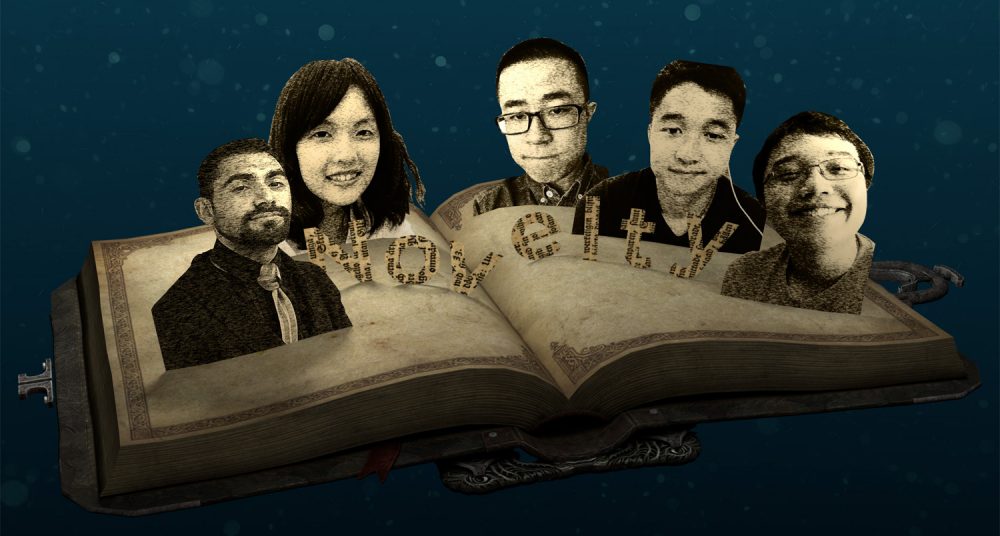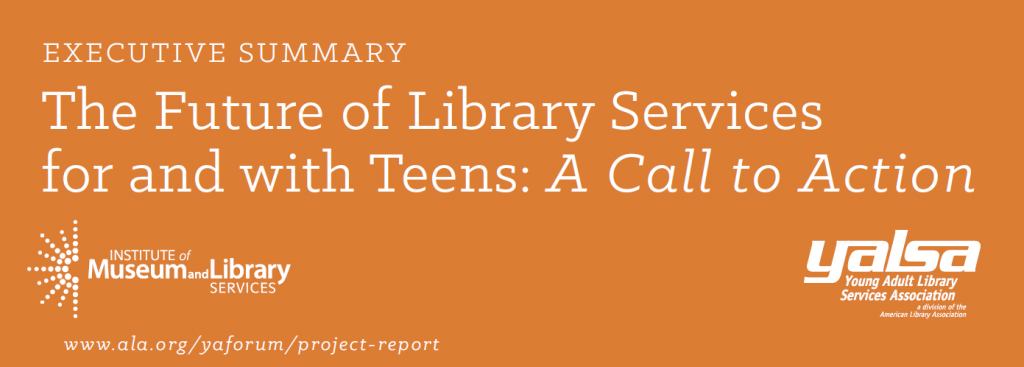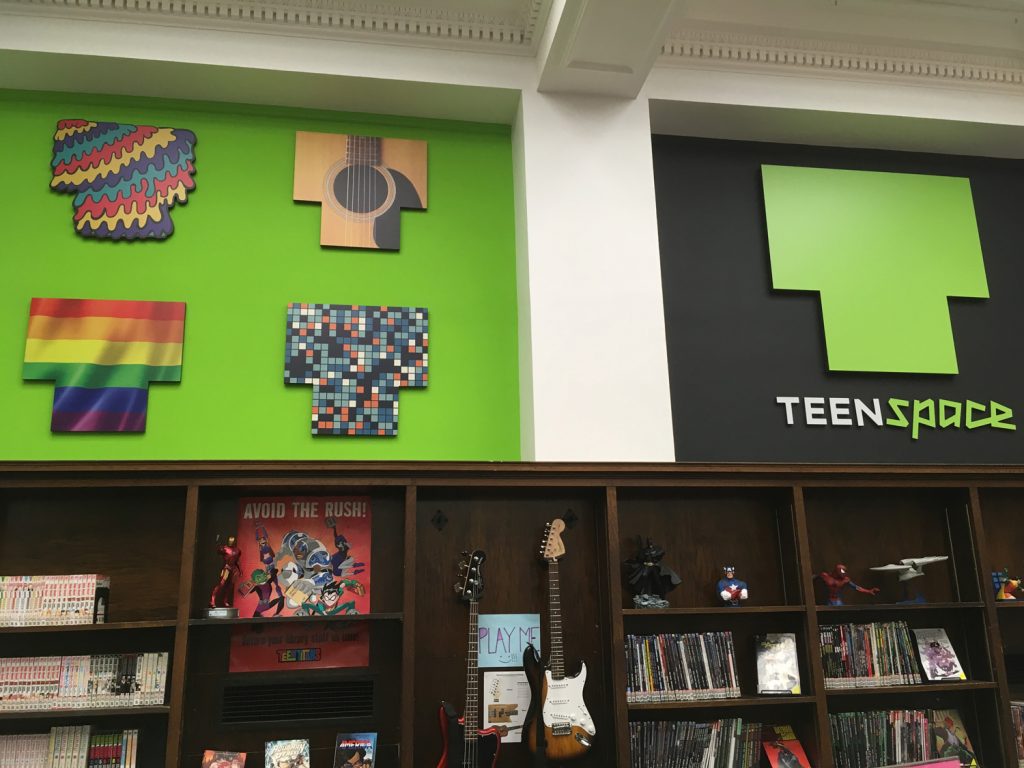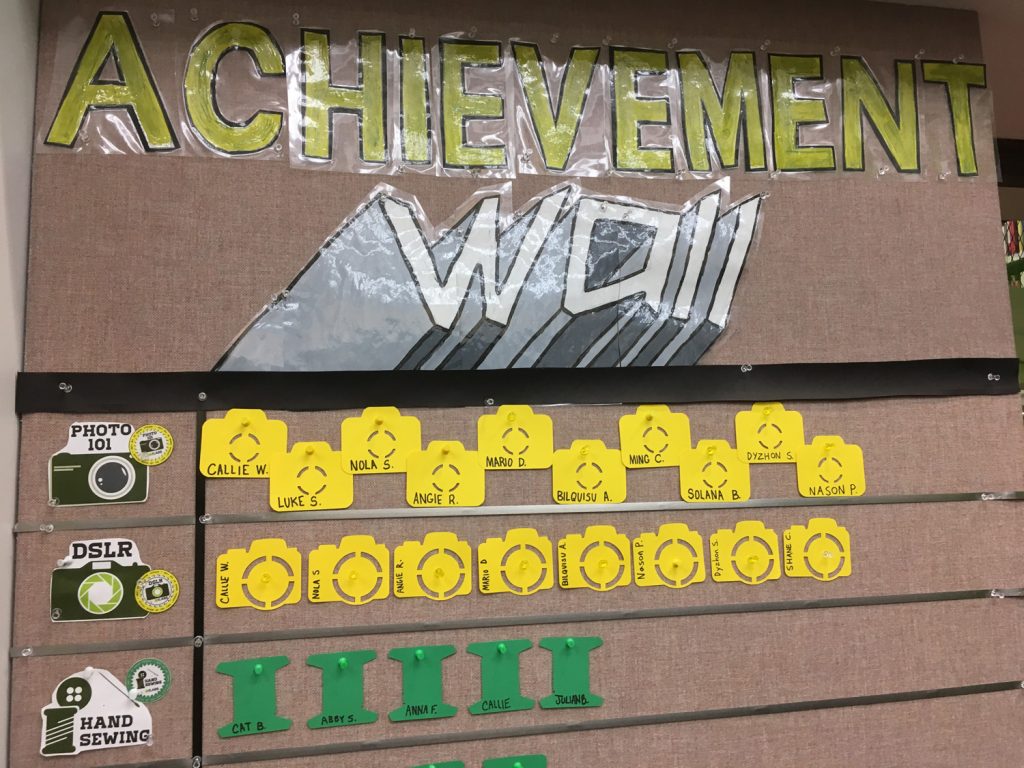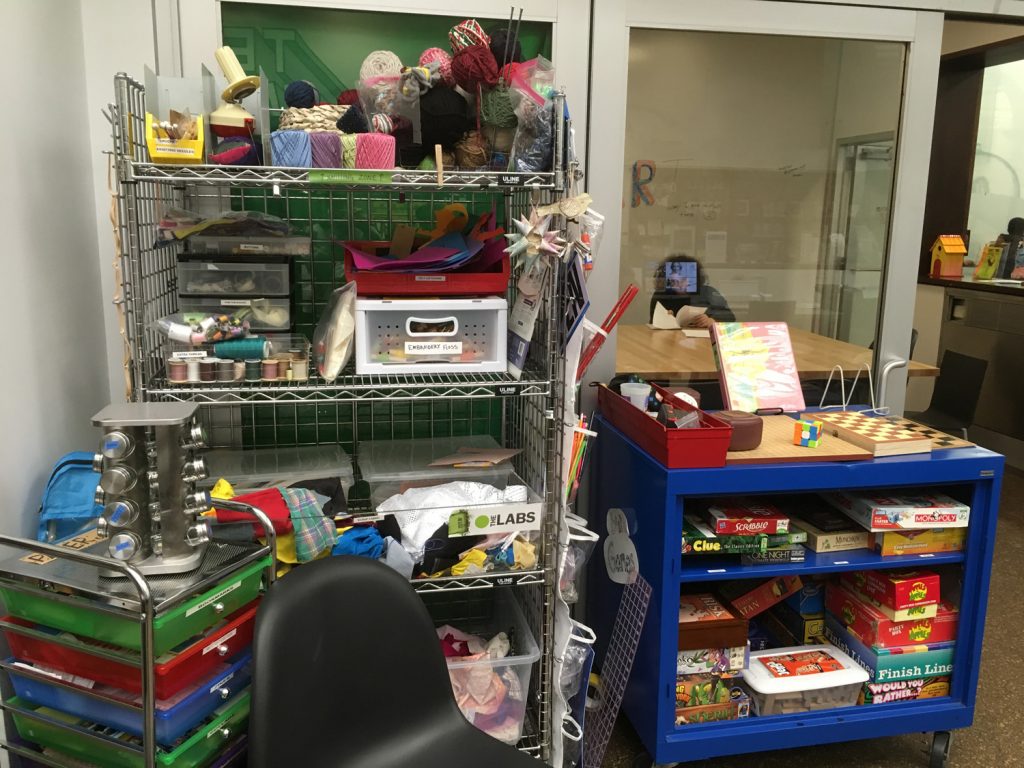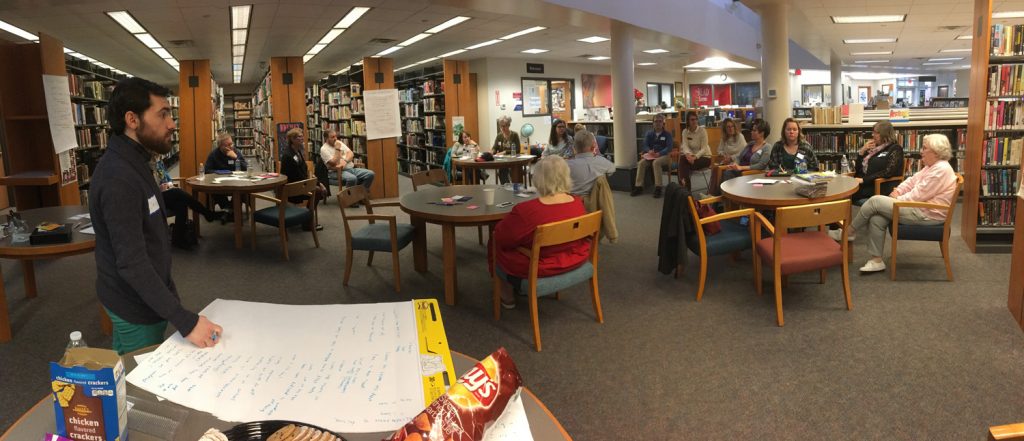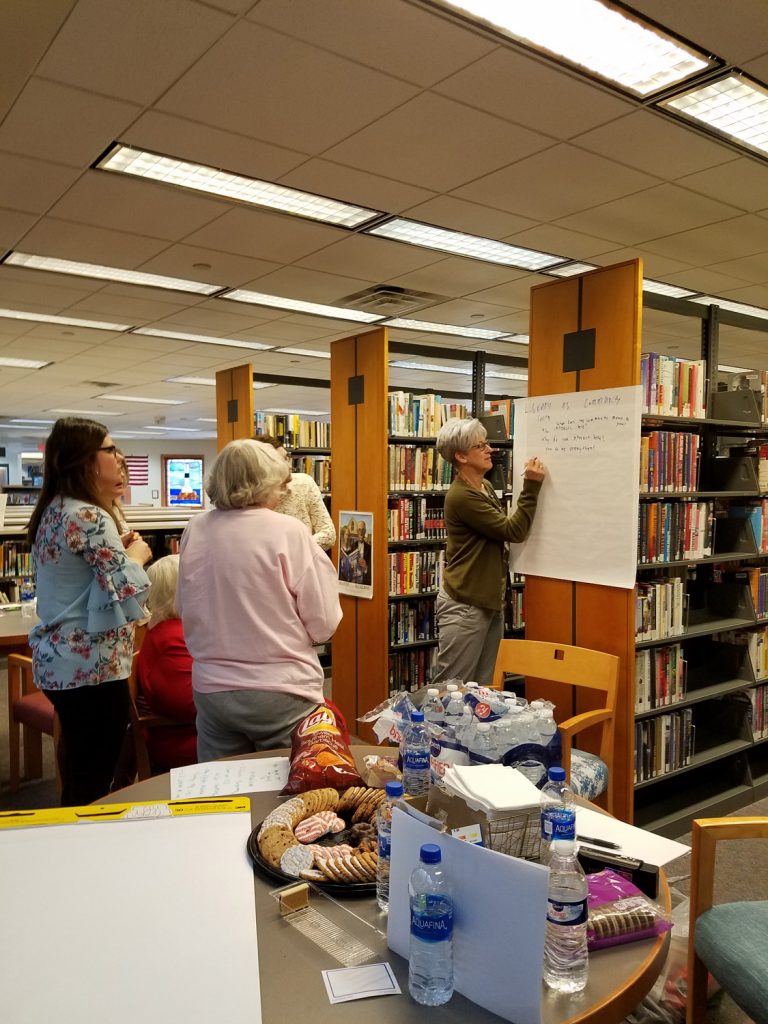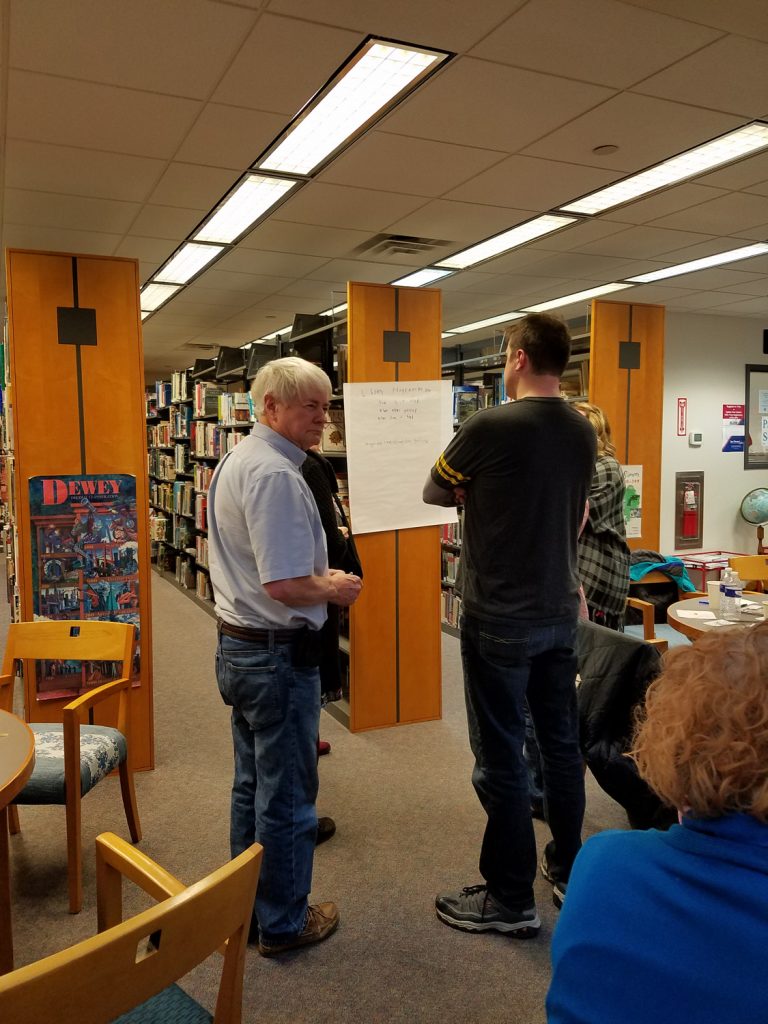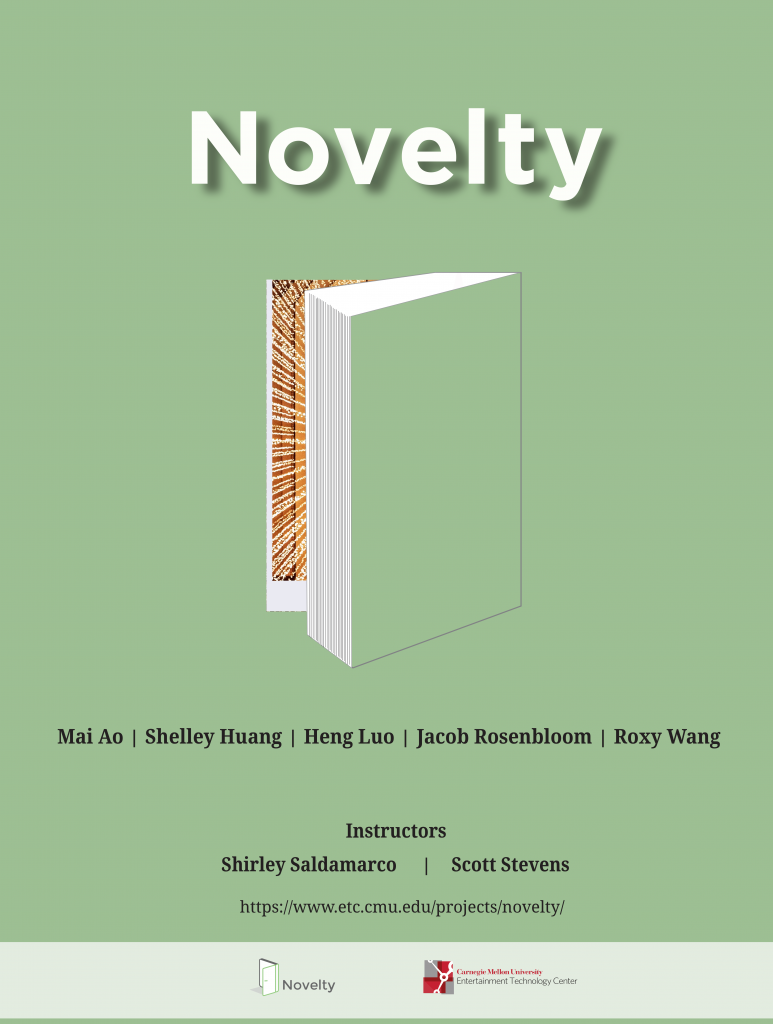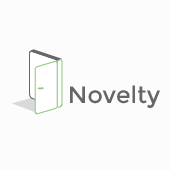BY MAI AO
At the end of the previous week, ETC’s Educational Network Coordinator John Balash presented us with a potentially game-changing device: micro:bit. This small chip is a programmable “micro computer” developed by BBC for educational purposes, particularly teaching children programming. It has been deployed around the world and has seen great many successes. John suggested that we could possibly tapping into the scaleable nature of this platform due to its relative low-cost. We could make a micro:bit based experience and deliver the chip into the hands of hundreds of students. It was a very exciting opportunity, so we immediately started to investigate what we could build with micro:bit.
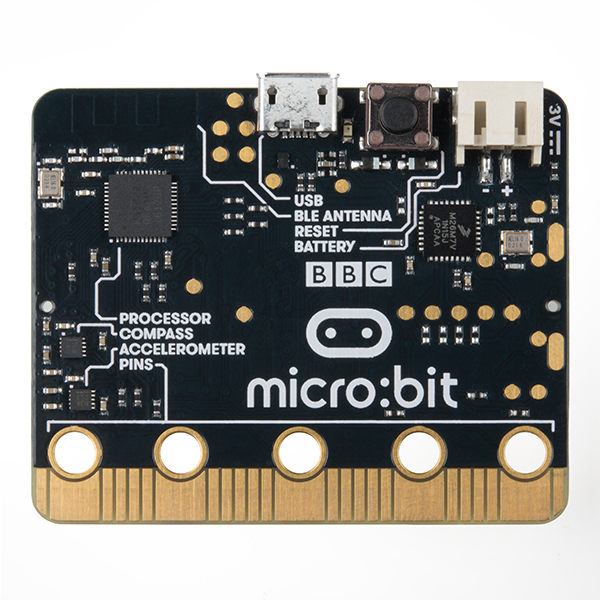
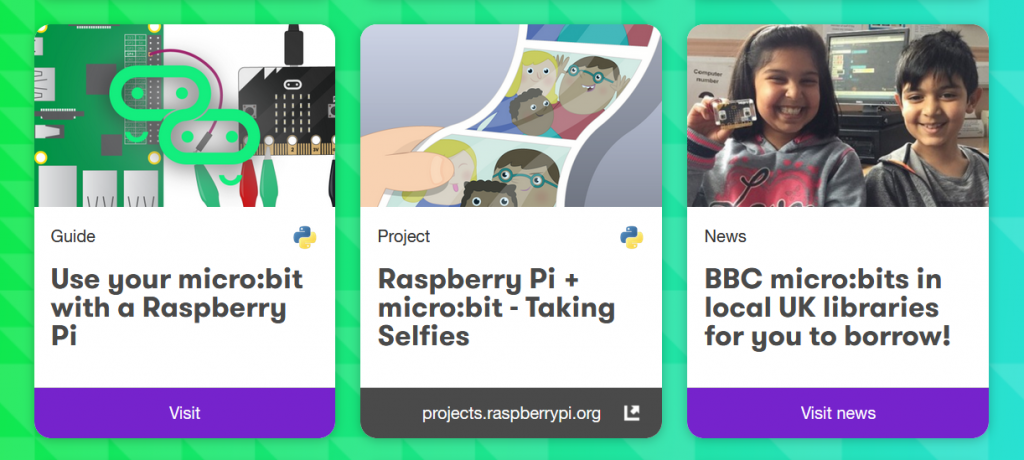
Our programmers discovered a plethora of mini games one could easily build into this chip, confirming the plan’s viability. Therefore, in the 1/4 presentations in front of all faculty, our team brought forth the proposal of integrating micro:bit into an ARG (alternate reality game) experience. The experience would be aimed at teaching the teens library resources. Our designer Jacob drafted an example game to illustrate how our micro:bit ARG could look like.
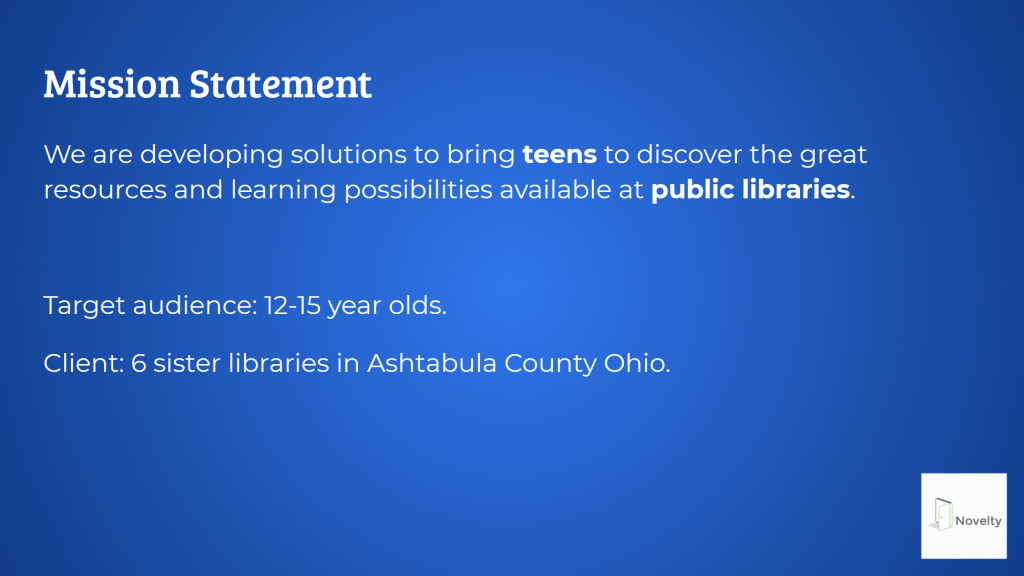
The feedback we received was mixed. More optimistic voices showed excitement about the potential of this relatively unexplored (at least in US) device. Some suggested that we could build puzzles involving micro:bit, but in order to understand certain clues, students need to attend some library programs that would expand their knowledge related to the given clue. For instance, the clue could require basic knowledge of Morse code, or a history event, or astrological facts, providing a good springboard to learning.
On the other hand, the more cautious opinions pointed out several looming questions, which our plan did not necessarily address. What is in it for the teens? Why would they want to come to play the game in the first place if they don’t like to show up at the library? Even if the micro:bit idea was a successful, how would teaching teens library resources guarantee that they would keep coming back to the libraries?
There seemed to be a substantial feeling among the faculty that we could not sufficiently answer how our plan would solve the real problem of the library. Some were not entirely convinced that we had enough data to clearly explain the real problem and its causes. However, most of the faculty acknowledged the inherent ambiguity and challenge of our problem space. Their feedback singled out the most important question we should keep in mind as we started developing prototypes.
